Powering the Future with Renewables
Currently, 50% of the world’s population lives in urban areas, and by 2050, this is expected to rise to 70%. Urbanization places immense pressure on energy resources, with big cities consuming vast amounts of energy to meet their needs. Revolutionizing the complex of our energy supply is one of the biggest challenges for global transition to green energy.
As the demand for energy continues to grow, the need for sustainable, low-carbon solutions has never been more urgent. And central to this revolution is the renewable energy industry, which is a key force influencing the energy transition across the globe Whether hydro, wind, solar, or bioenergy, renewables are transforming how energy is generated and consumed to provide a cleaner and more durable tomorrow.

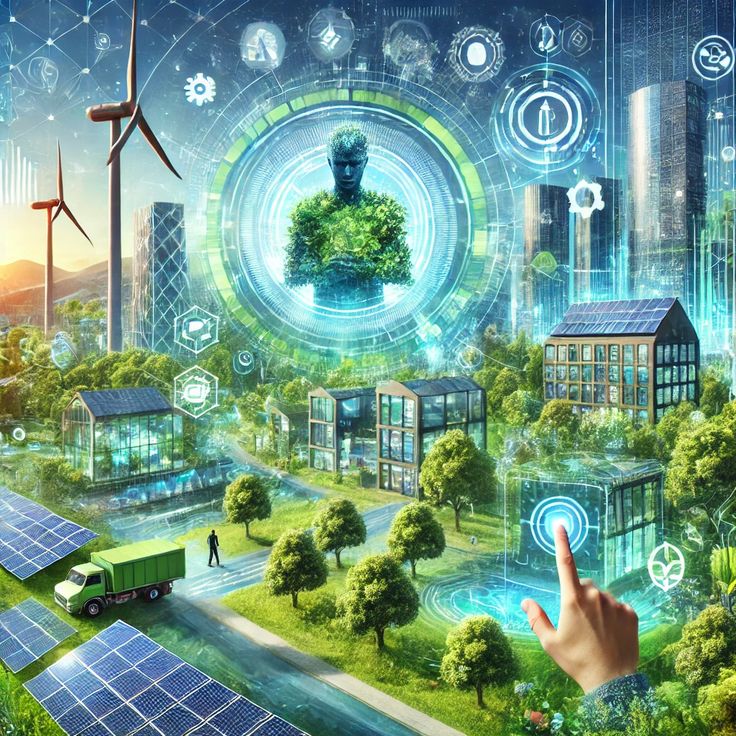
Renewable energy sources have experienced rapid growth over the last decade, with technological advancements, falling costs, and supportive policies. Solar and wind power have become the key drivers of this change.
According to the IEA (International Energy Agency), renewables are accounted for 30% of the total electricity generation. The rapid growth shows the potential of these renewable energy sources to replace fossil fuel and cut greenhouse gas emissions.
One of the key advantages of renewable energy is their ability to decouple economic growth from carbon emissions. Unlike fossil fuels that pollute and cause global warming, renewables use natural, sustainable processes. Instance Solar panel convert sunlight into electricity and wind turbines generate power from the movement of air. These technologies create a large number of job opportunities while saving the environment. This is called a win-win solution for both people and the Planet.
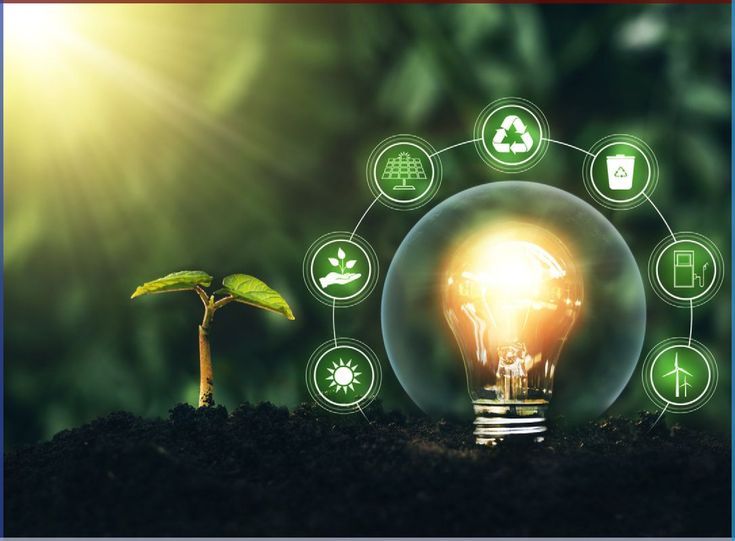
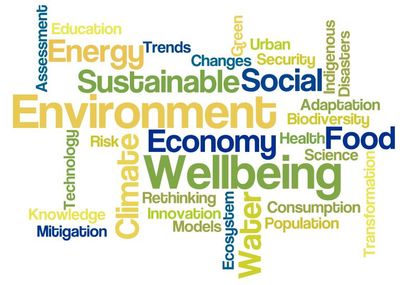
Converting the usage of renewable energy also has many challenges. Integrating renewable energy into existing grids requires substantial investment in infrastructure, including energy storage systems and smart grid technologies. Additionally, the unpredictable nature of solar and wind power demands innovative solutions to ensure reliability and stability. Collaboration between the government and the private sector can be addressed as a solution to this issue.
Global collaboration is crucial for increasing the deployment of renewable energy. Countries with lack of financial resources and technological knowledge to implement large-scale renewable projects, require support from the international community. Initiatives such as the United Nations’ Sustainable Energy for All (SEforALL) and the Green Climate Fund play a crucial role in bridging this gap, ensuring that no region is left behind in the global push for clean energy.


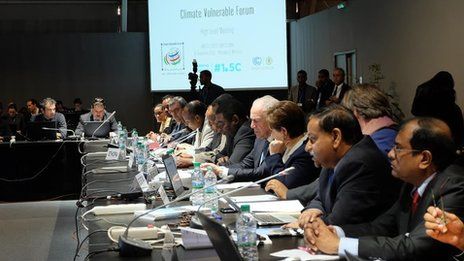
Energy transition is more than just a technological shift, It requires a collective commitment to rethinking the way we live, work, and interact with our environment. As individuals, we can contribute by adopting energy-efficient practices, supporting clean energy policies, and advocating for sustainable development.
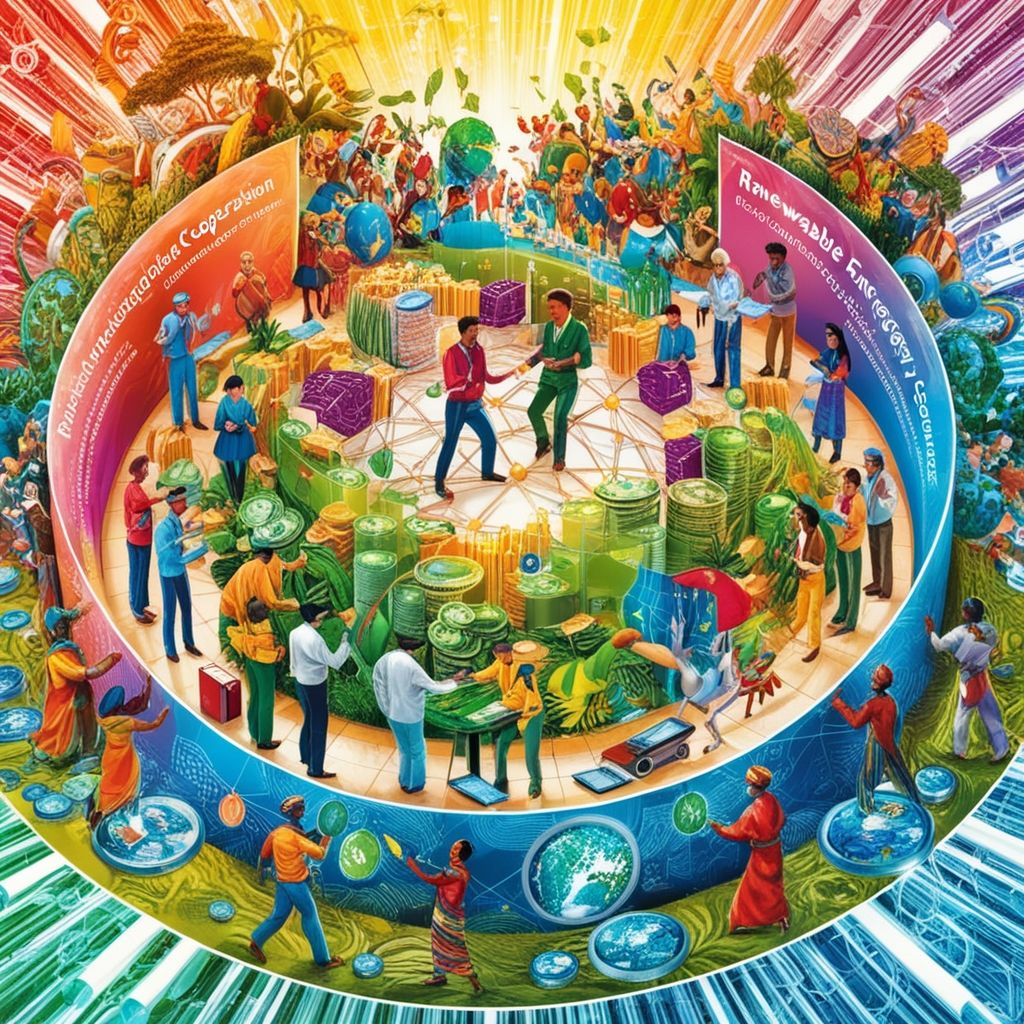

In conclusion, renewable energy is essential for a sustainable future. By using wind, sun, and water, we can drive a global energy shift that benefits the environment, economy, and society. Though challenges remain, the possibilities are immense.
Together, we can create a world powered by renewables.



